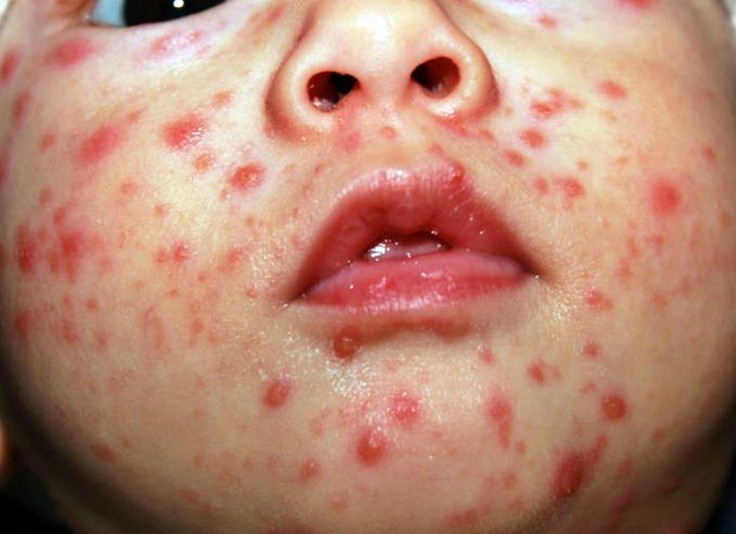7 Chickenpox Home Remedies For Children

We often associate chickenpox, or varicella, with childhood and for good reason.
Most cases of chickenpox infection occur before a child turns 10 years old, says the World Health Organization (WHO). The relatively immature immune system in children increases their risk of being infected by the varicella zoster virus (VZV). This mild, self-limiting viral illness with its trademark skin rash and itchiness can best be prevented by vaccination.
The success of varicella vaccination in almost eliminating varicella in the United States is a great argument for the effectiveness of vaccinations. Vaccinations in the U.S. only became available in 1995.
Before vaccination for varicella became widespread in the U.S., chickenpox affected some four million children per year and caused about 100 deaths in children annually. Disease incidence has substantially decreased since the varicella vaccine was introduced for children aged 12 to 18 months in the U.S. and booster vaccine given at kids age 4 to 5 years. But, chickenpox still has a long way to go before being completely eliminated.
If someone in your family comes down with chickenpox, treatment involves managing symptoms until the body fights off the infection. Here are seven home remedies for alleviating the symptoms of chickenpox so it doesn’t infect anyone else in your family.
1. Give your child approved pain relievers. Paracetamol (acetaminophen) may be used to reduce fever. Don’t ever give your child aspirin.
Aspirin use by a child with chickenpox might cause Reye syndrome, a serious and sometimes fatal disease of the liver and brain.
2. Have your child wear mittens to prevent scratching. Scratching the rash will expose skin to secondary infections and will worsen the discomfort. So wearing mittens or small gloves is a great idea.
Be sure to keep the mittens on when the child’s sleeping to keep him or her from scratching while asleep. Trimming your child’s fingernails so they won’t cause affected areas to blister or bleed is also a good thing to do.
3. Apply calamine lotion to help reduce itching. Calamine lotion is a topical barrier preparation containing zinc oxide and has skin-soothing properties. It’s one of the most commonly used interventions in chicken pox and has an excellent safety profile.
Be sure to use clean fingers or a cotton swab to spread calamine lotion on itchy skin areas. Don’t use calamine lotion on or around the blisters on your eyes.
4. Bathe your child in oatmeal. While it seems outlandish, oatmeal baths can alleviate the itchiness caused by chicken pox. Taking an oatmeal bath won’t spread the chickenpox from one area of your skin to another.
You can purchase oatmeal bath products at most drugstores. You can also apply oatmeal lotions to skin. This has a soothing and moisturizing effect on itchy chickenpox blisters.
5. Give your child a baking soda bath to relieve itchiness. Add one cup of baking soda to a shallow, lukewarm bath. Soak for 15 to 20 minutes. Your child can take up to three baths a day if they find this approach soothing.
6. Serve sugar-free popsicles since chickenpox can also appear inside the mouth. These mouth sores can be especially painful. Encouraging a child to suck on sugar-free popsicles can be a good way to soothe mouth sores.
7. Try chamomile compresses. Chamomile tea can also soothe the chickenpox itch. Chamomile has antiseptic and anti-inflammatory effects when applied to your skin.
Brew two to three chamomile tea bags and allow it to cool. Dip soft cotton pads or washcloths in the tea and apply to itching areas of skin. Always pat skin dry gently when done applying the compresses.
Published by Medicaldaily.com



























